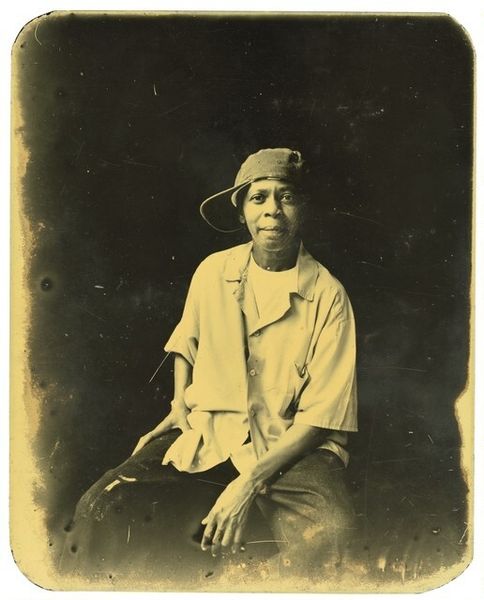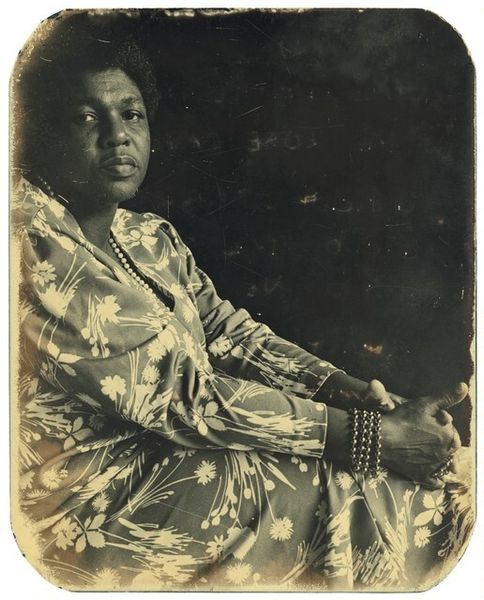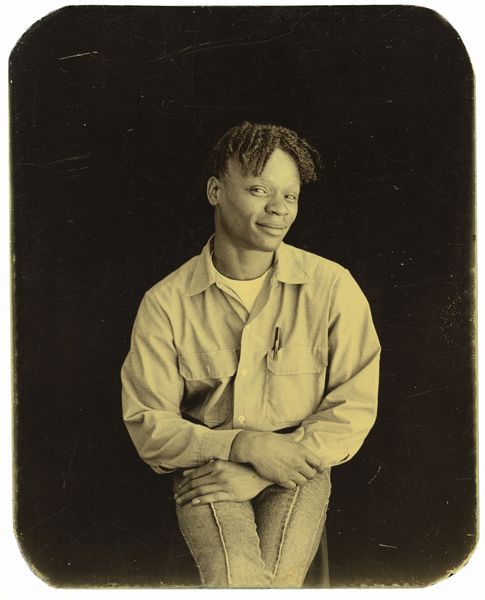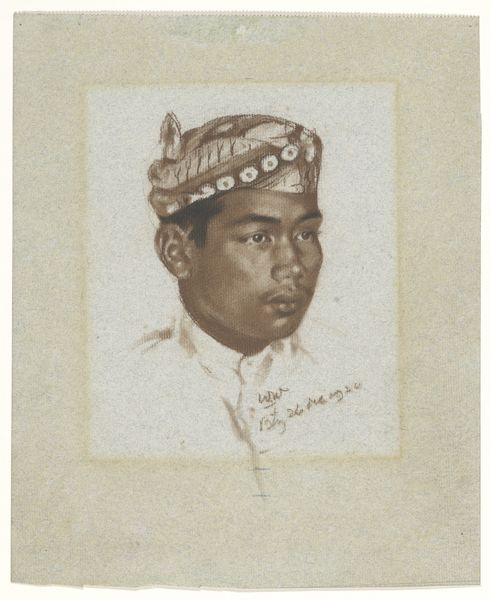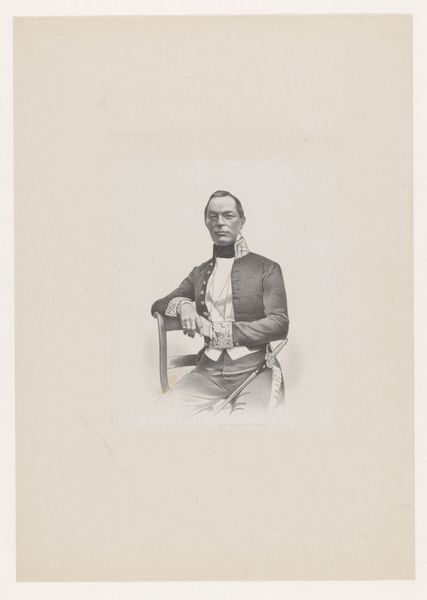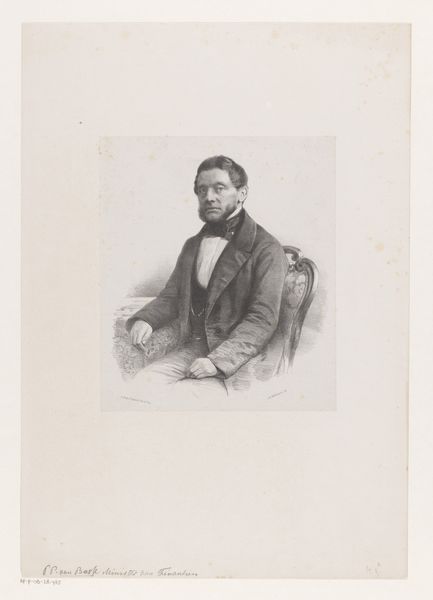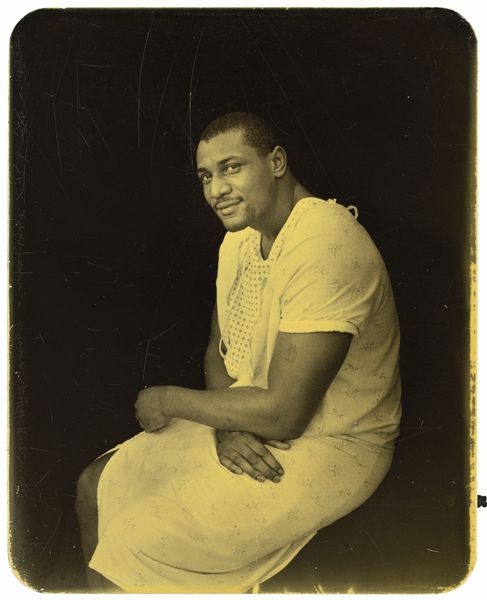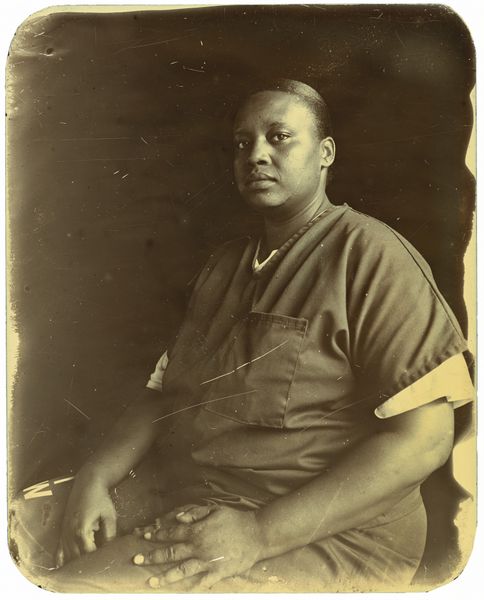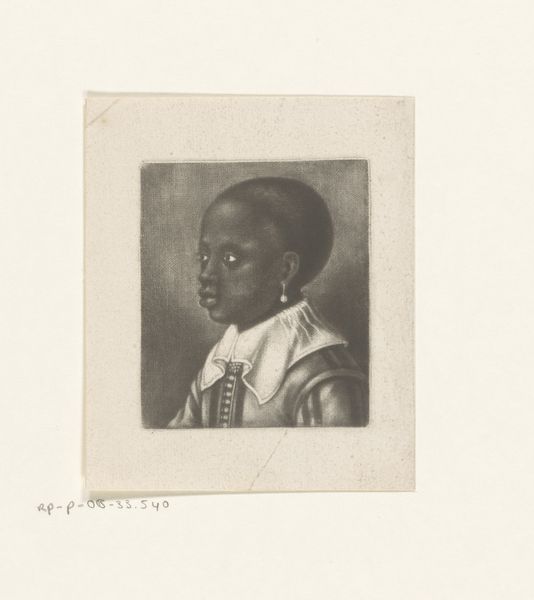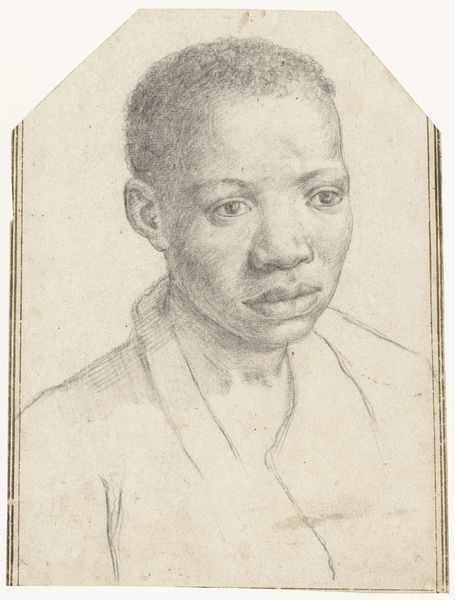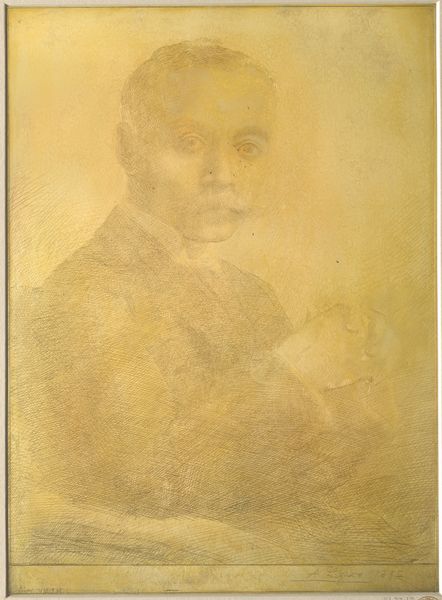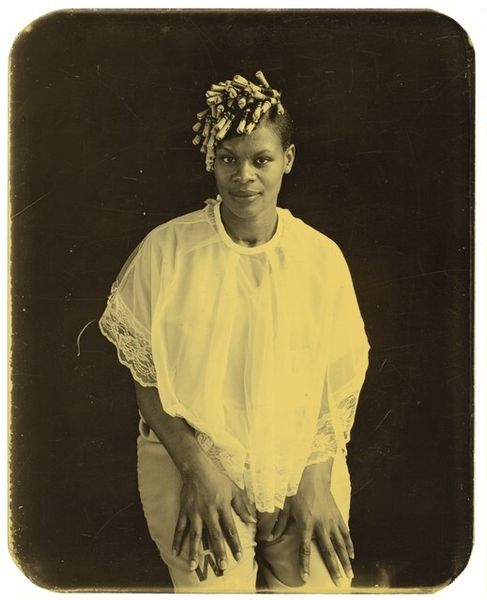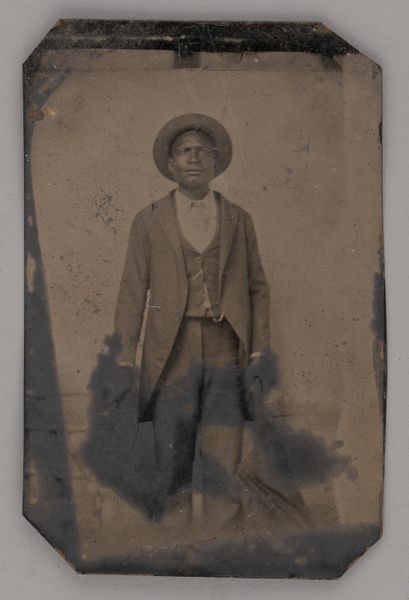
Dimensions: support, secondary: 323 x 297 mm support: 315 x 285 mm
Copyright: CC-BY-NC-ND 4.0 DEED, Photo: Tate
Editor: This is John Downman's drawing of "Thomas Williams, a Black Sailor." It's striking how the soft pencil lines capture such a sense of dignity. What stands out to you about this work? Curator: I'm drawn to consider the material conditions of its making. What kind of paper was Downman using? Was it readily available, or a luxury? And how does the act of depicting Williams, a Black sailor, reflect the social hierarchies of the time? Editor: That's fascinating! I hadn't thought about the paper itself as a reflection of status. Curator: Exactly. The means of artistic production – from the pencil to the paper, to the very act of portraiture – become tools for understanding the social context in which this image was created and consumed. It compels us to think about labor, representation, and power dynamics. Editor: That really shifts my perspective. Thanks! Curator: Mine too! It's a reminder that even simple portraits can reveal complex histories if we examine the materials and processes behind them.
Comments
tate 5 months ago
⋮
http://www.tate.org.uk/art/artworks/downman-thomas-williams-a-black-sailor-t10168
Join the conversation
Join millions of artists and users on Artera today and experience the ultimate creative platform.
tate 5 months ago
⋮
Downman was one of the most fashionable portraitists of his day. However, it is his original sketches of his sitters (rather than his finished portraits, executed in coloured chalks) which tend to show his insight into personality at its best. This is a remarkably sensitive late sketch of a sailor made, as the inscription indicates, in Liverpool in 1815. The black chalk has been softened and smudged by Downman using a stump (a tightly rolled paper or leather cylinder with rounded points). This enabled him to model faces and flesh tones with great subtlety. Gallery label, November 2024
